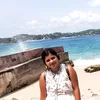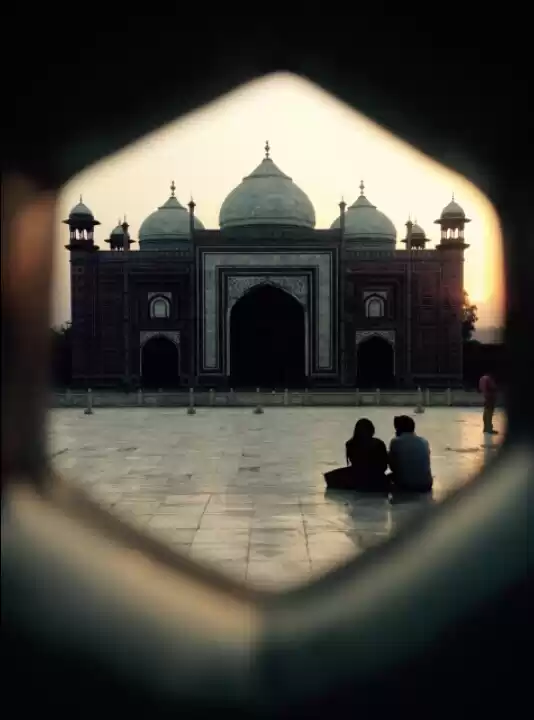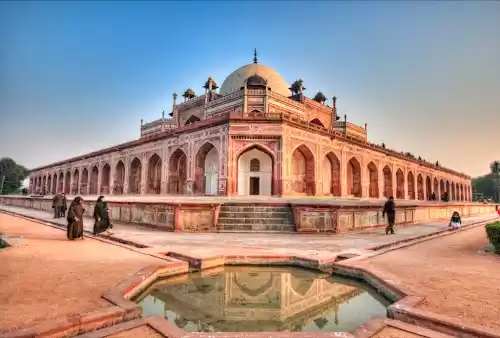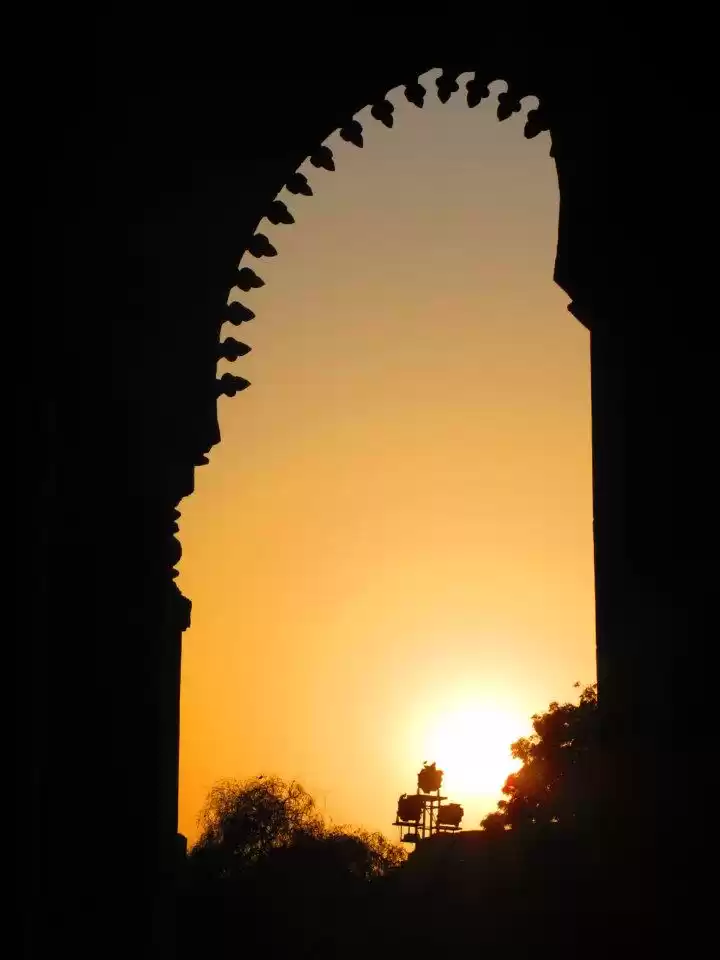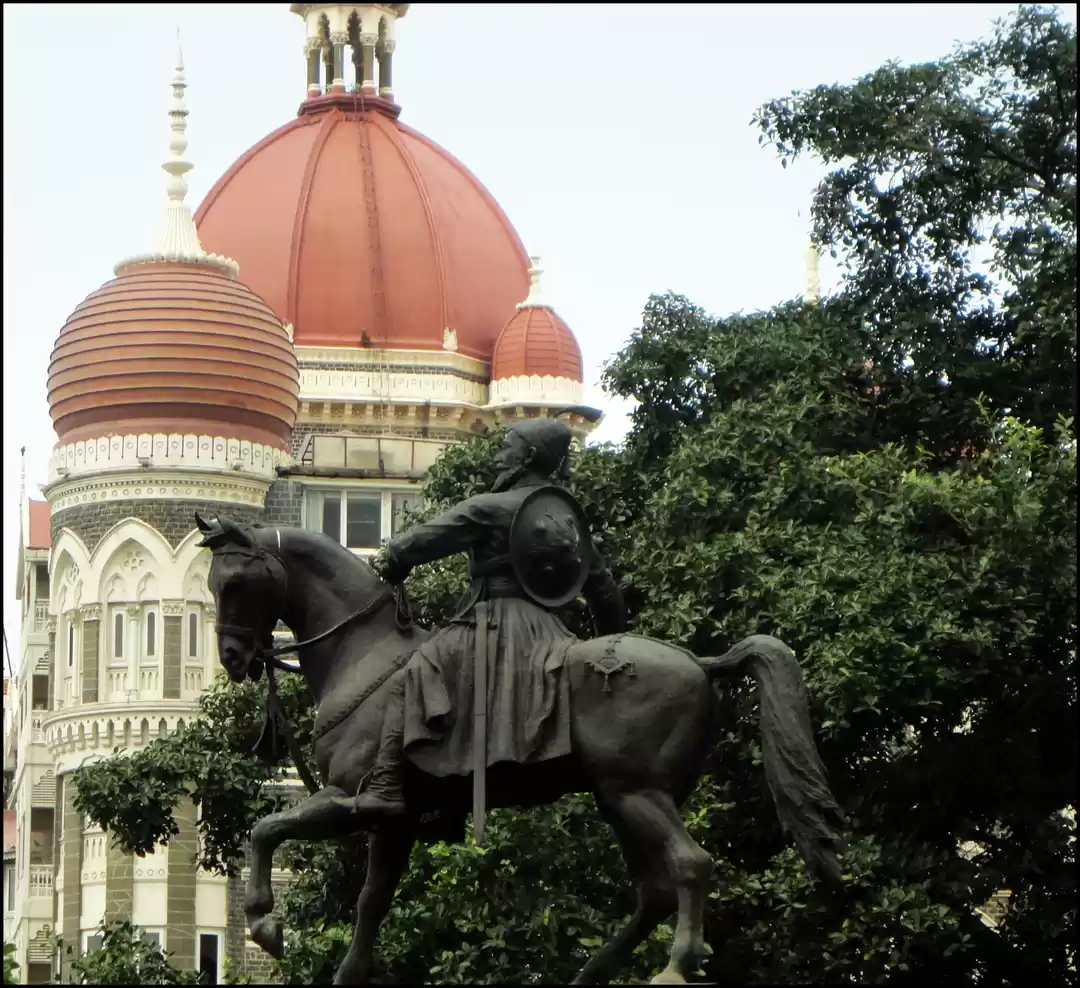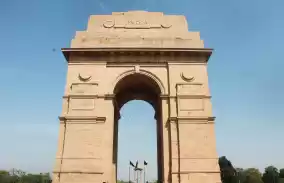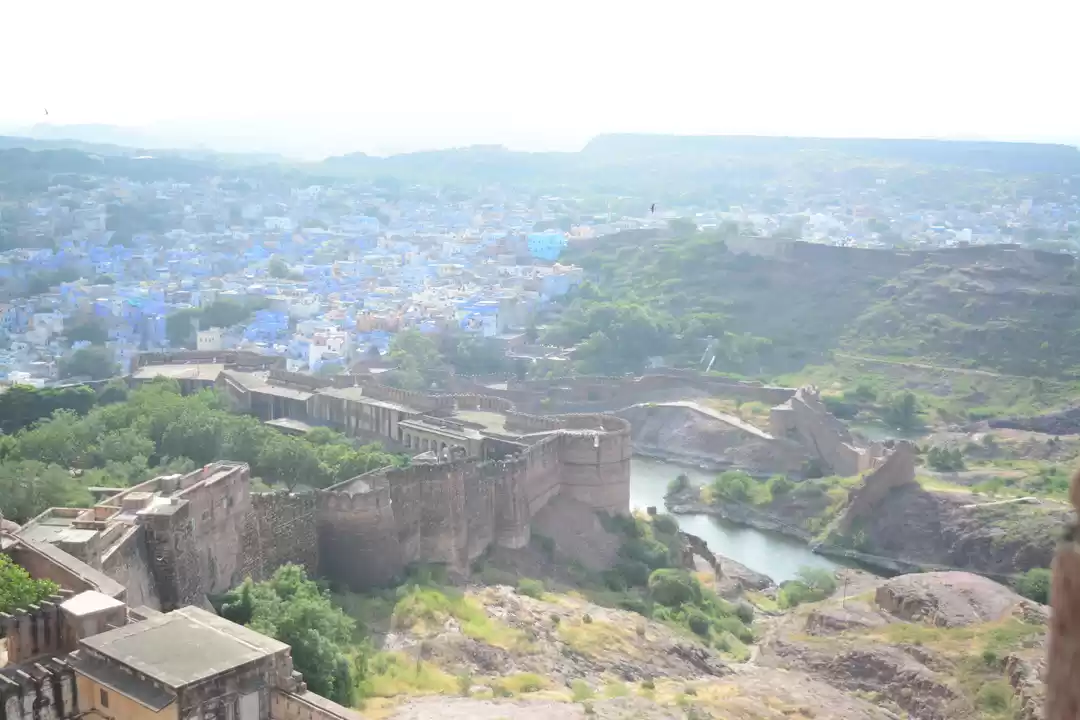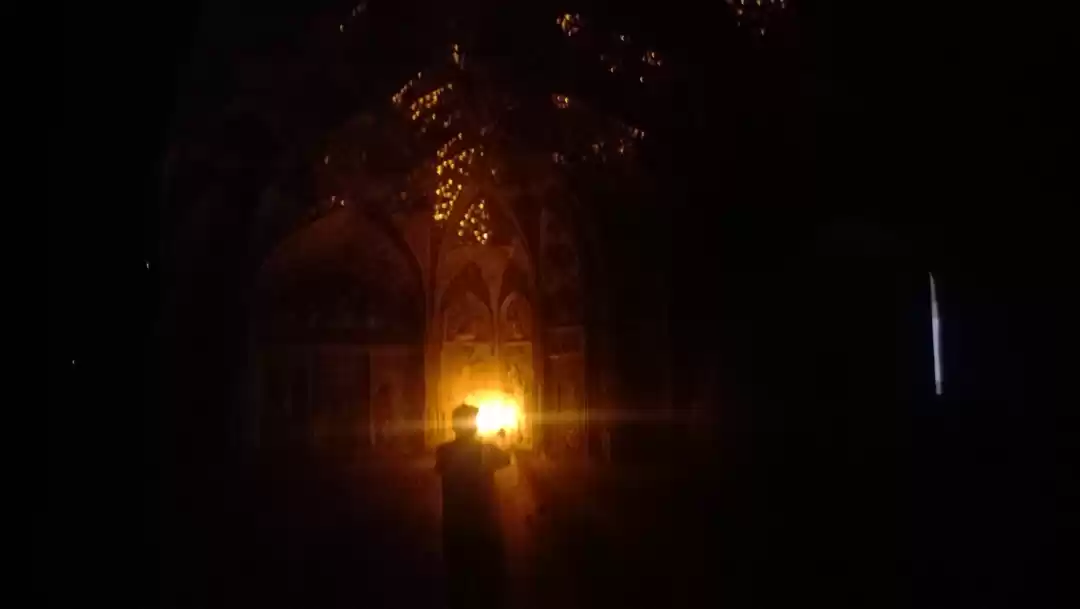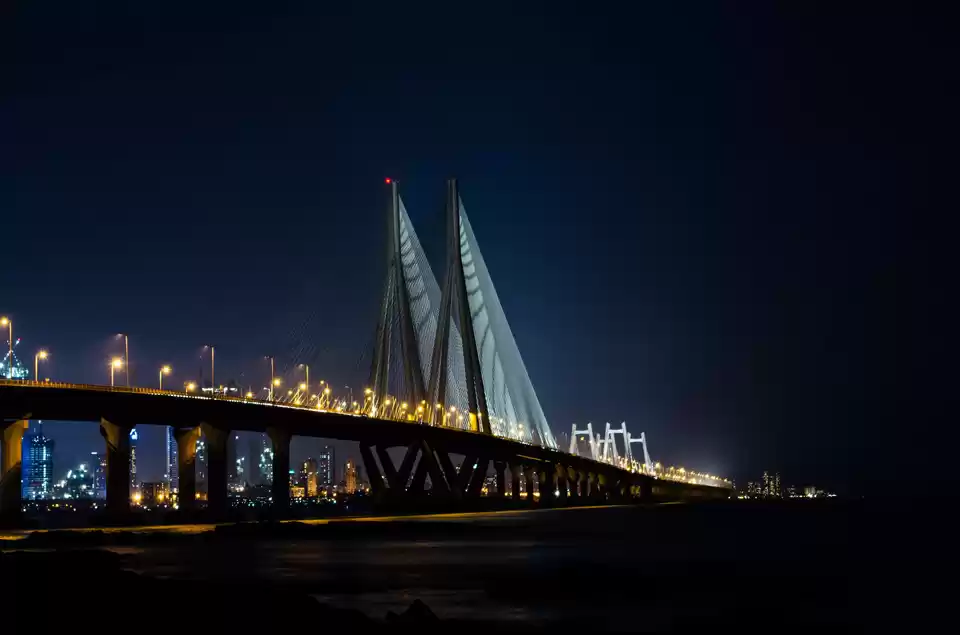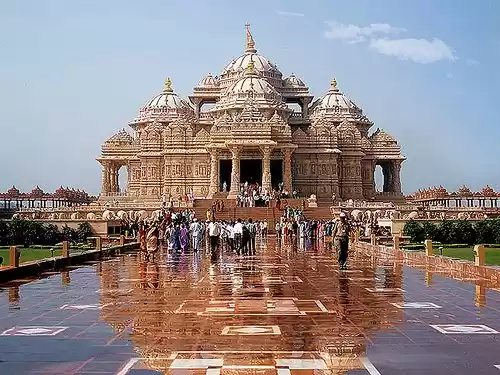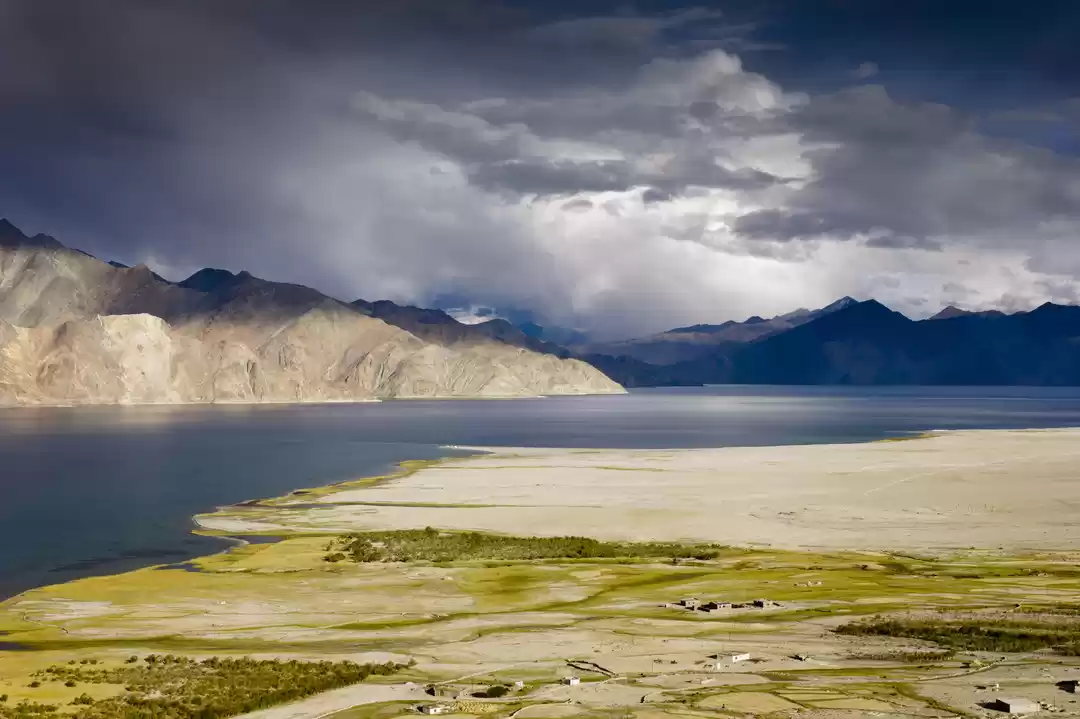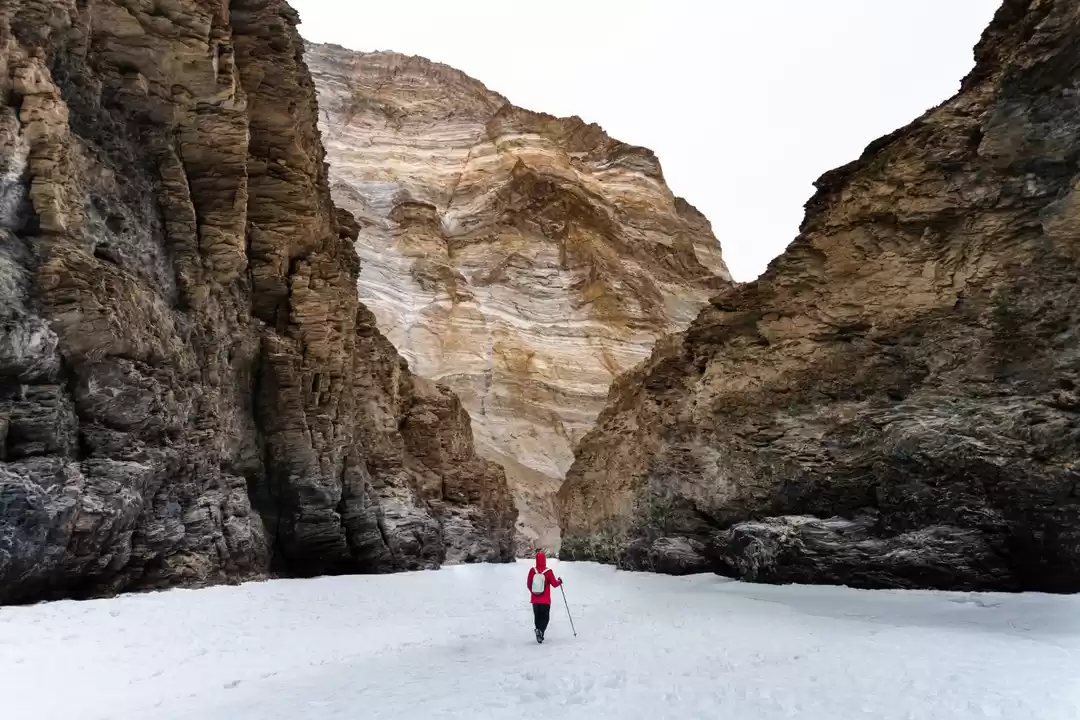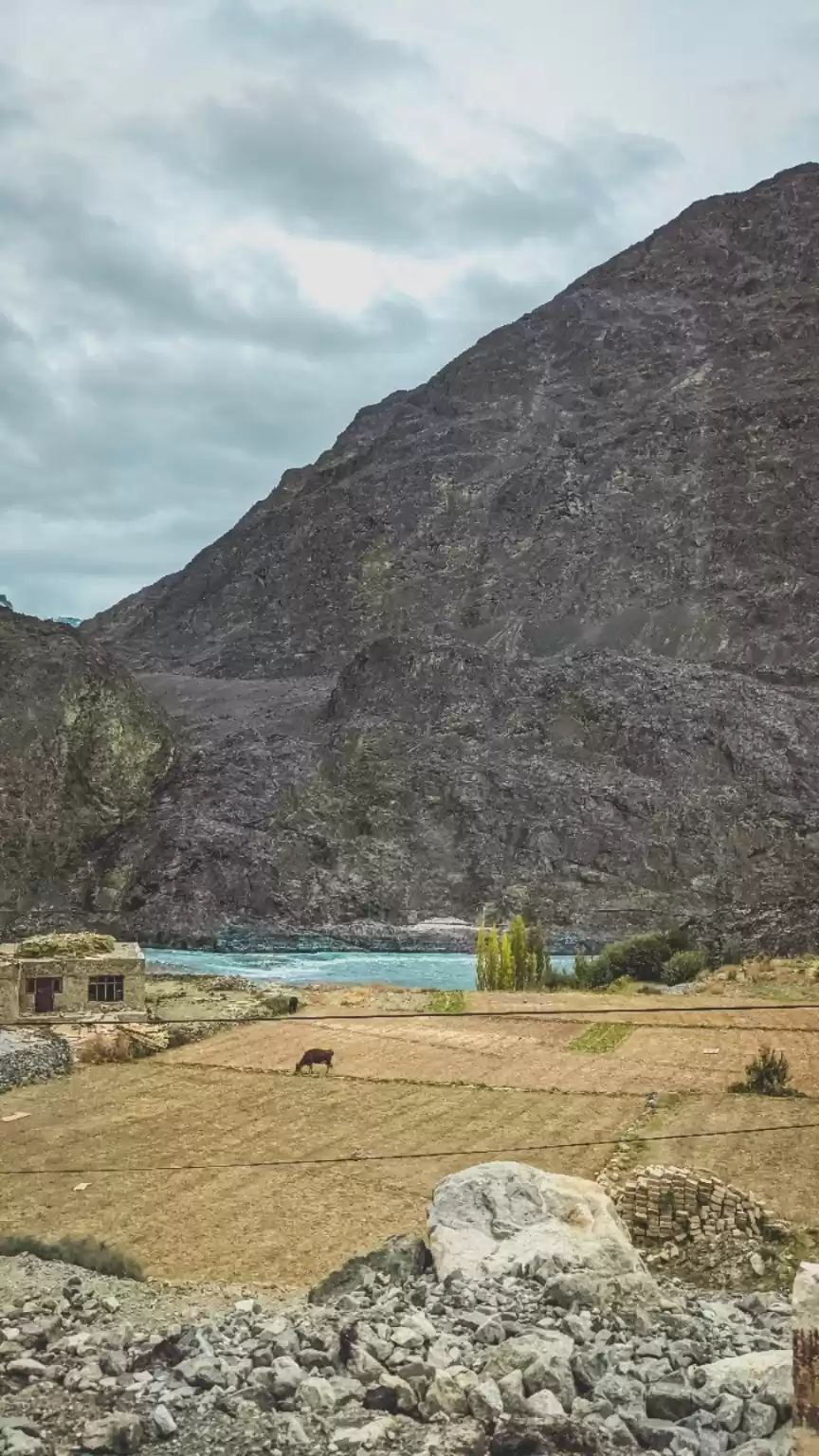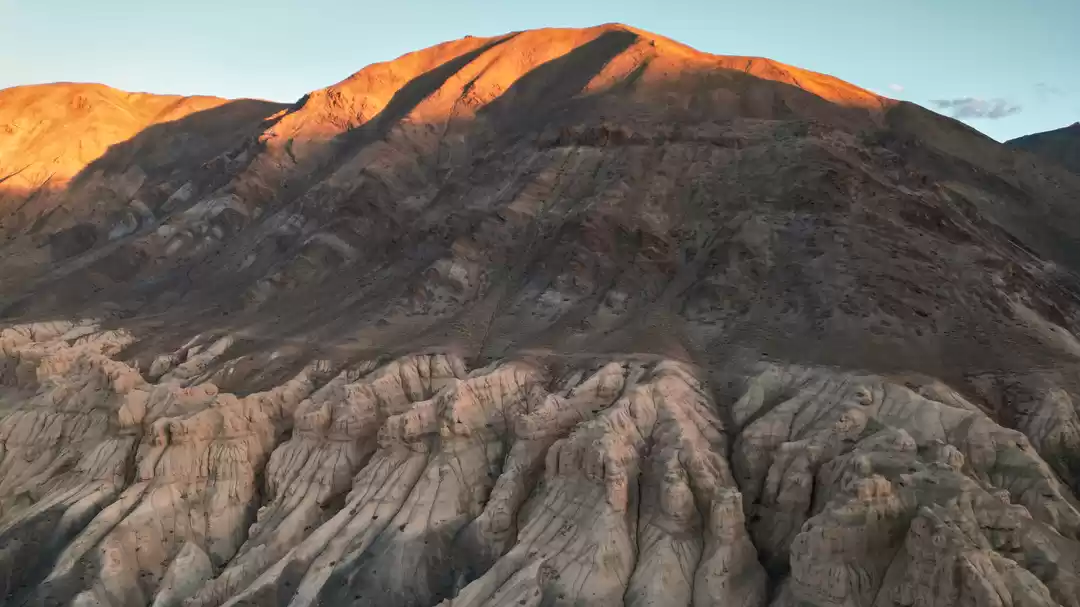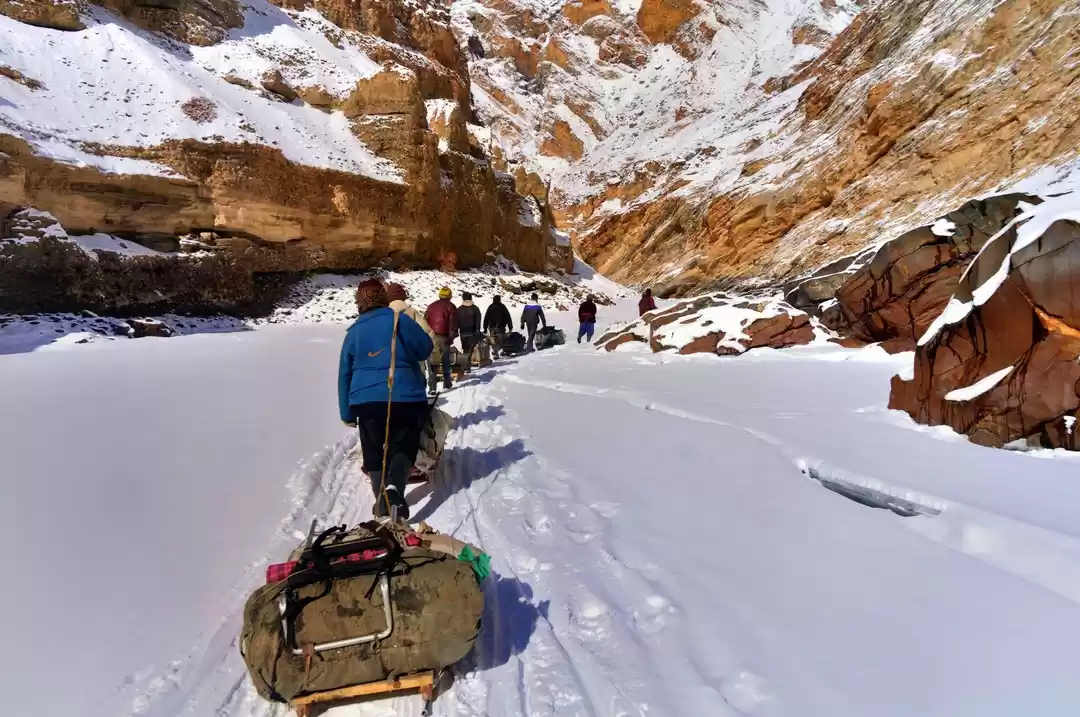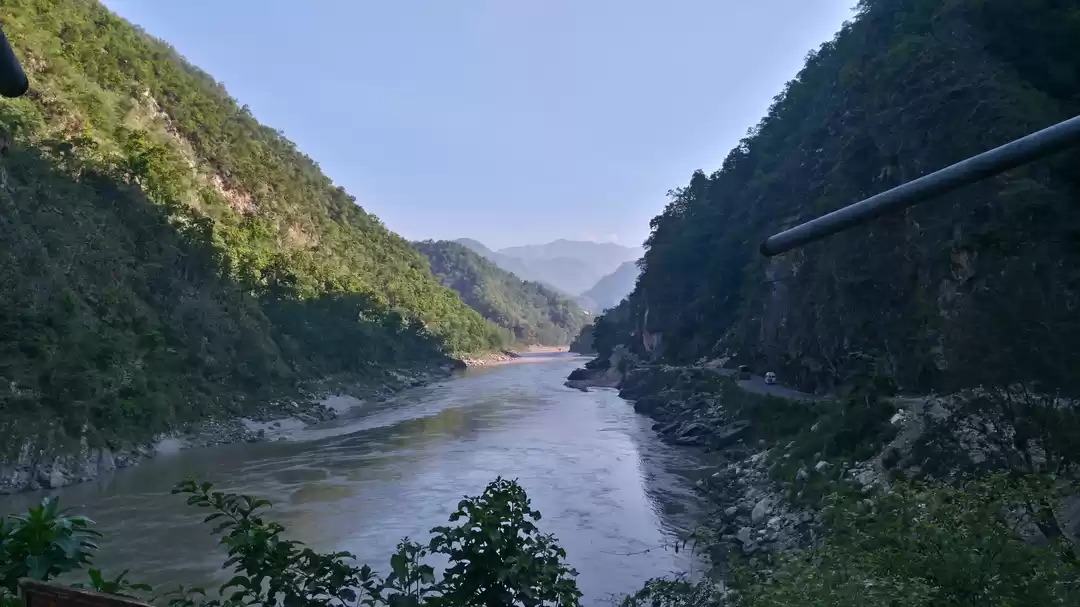Have you ever dreamed of walking on a frozen river, surrounded by snow-capped mountains and stunning scenery? If yes, then you should definitely try the chadar trek, one of the most unique and adventurous treks in the world. The chadar trek is a winter trek that takes you along the frozen Zanskar river in Ladakh, a region in the northern part of India. The chadar trek is not for the faint-hearted, as it involves braving the extreme cold, the slippery ice, the unpredictable weather, and the remote wilderness. But if you are up for the challenge, the chadar trek will reward you with an unforgettable experience, a sense of achievement, and a glimpse into the culture and lifestyle of the local people who have been using this route for centuries.
In this article, we will tell you everything you need to know about the chadar trek, from what it is, why you should do it, how to reach it, when to go, what to expect, what to prepare, and how to book it.
What is Chadar Trek?
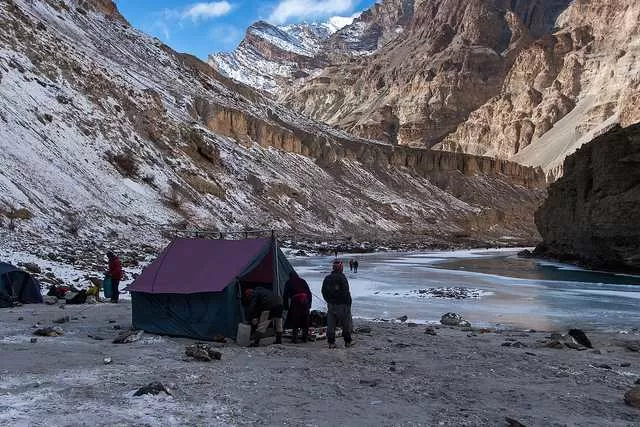
The word chadar means blanket in Hindi, and it refers to the thick layer of ice that covers the Zanskar river during the winter months. The Zanskar river is a tributary of the Indus river, and it flows through a deep and narrow gorge in the Zanskar valley, which is part of the Greater Himalayas. The chadar trek is a trek that follows the frozen river for about 105 km, from Chilling to Naerak and back. The chadar trek is also known as the frozen river trek or the Zanskar trek. The chadar trek is one of the oldest and most traditional routes in Ladakh, as it was used by the local people, especially the Zanskari people, to trade and communicate with the outside world when the road access was blocked by snow.
Why Chadar Trek?
The chadar trek is not just a trek, it is an adventure, a challenge, and a learning experience. Here are some of the reasons why you should do the chadar trek:
1. The chadar trek is a unique and rare trek, as it is one of the few places in the world where you can walk on a frozen river. The chadar trek is also a seasonal and unpredictable trek, as it depends on the weather and the river conditions, which can change anytime. The chadar trek is also a dynamic and diverse trek, as it offers different landscapes, terrains, and views, depending on the time of the day, the angle of the sun, and the thickness of the ice.
2. The chadar trek is a thrilling and exciting trek, as it involves walking, sliding, crawling, and sometimes even swimming on the frozen river. The chadar trek is also a challenging and demanding trek, as it requires a high level of fitness, stamina, endurance, and mental strength. The chadar trek is also a risky and adventurous trek, as it exposes you to the extreme cold, the slippery ice, the unpredictable weather, and the remote wilderness.
3. The chadar trek is a cultural and educational trek, as it introduces you to the culture and lifestyle of the local people, especially the Zanskari people, who have been living in this harsh and isolated environment for centuries. The chadar trek is also a spiritual and inspirational trek, as it passes by many ancient and sacred sites, such as monasteries, shrines, and caves, that are revered by the Buddhists. The chadar trek is also a social and fun trek, as it allows you to meet and interact with other trekkers, guides, porters, and locals, who share your passion and enthusiasm for the chadar trek.
Best Time to Go for Chadar Trek
The best time to go for the chadar trek is from mid-January to mid-February, when the Zanskar river is frozen enough to support the weight of the trekkers. The chadar trek is not possible before or after this period, as the river is either too thin or too thick to walk on. The chadar trek is also not possible during the summer months, when the river is flowing and not frozen.
The best time to go for the chadar trek also depends on the weather, the river condition, the availability, and the preference of the trekkers. The weather in Ladakh during the winter months is very cold, dry, and windy, with temperatures ranging from -5°C to -25°C.
How to Reach Chadar Trek
The chadar trek starts and ends at Chilling, a small village in the Zanskar valley, which is about 65 km from Leh, the capital of Ladakh. To reach the chadar trek, you need to first reach Leh, and then take a taxi or a bus to Chilling. To reach Leh, you have two options: by air or by road.
By air, you can take a flight from Delhi, Mumbai, Bangalore, or other major cities in India, to Leh, which is the nearest airport to the chadar trek.
By road, you can take a bus or a car from Manali, Srinagar, or other nearby towns in Himachal Pradesh or Jammu and Kashmir, to Leh, which is the nearest road head to the chadar trek. The road distance is about 475 km from Manali, and about 420 km from Srinagar, and the road duration is about two days, with a night halt at Keylong or Kargil, respectively.
The best way to reach the chadar trek is by air, as it is faster, easier, and more reliable than by road. However, you need to be prepared for any changes or cancellations, and acclimatize yourself to the high altitude and low oxygen level in Leh, before starting the chadar trek.
The chadar trek is a unique and adventurous trek that takes you along the frozen Zanskar river in Ladakh, a region in the northern part of India. The chadar trek is a winter trek that is only possible for a few weeks in the year, when the river is frozen enough to support the weight of the trekkers.
The chadar trek is a challenging and rewarding trek that requires a high level of fitness, stamina, endurance, and mental strength. The chadar trek is also a cultural and spiritual trek that introduces you to the culture and lifestyle of the local people, especially the Zanskari people, who have been using this route for centuries.
The chadar trek is also a scenic and beautiful trek that showcases the natural beauty and splendor of the Zanskar valley, the Himalayas, and the Ladakh region. The chadar trek is a once-in-a-lifetime opportunity, as it is threatened by the effects of climate change, global warming, and tourism, which may alter or melt the ice in the future.

